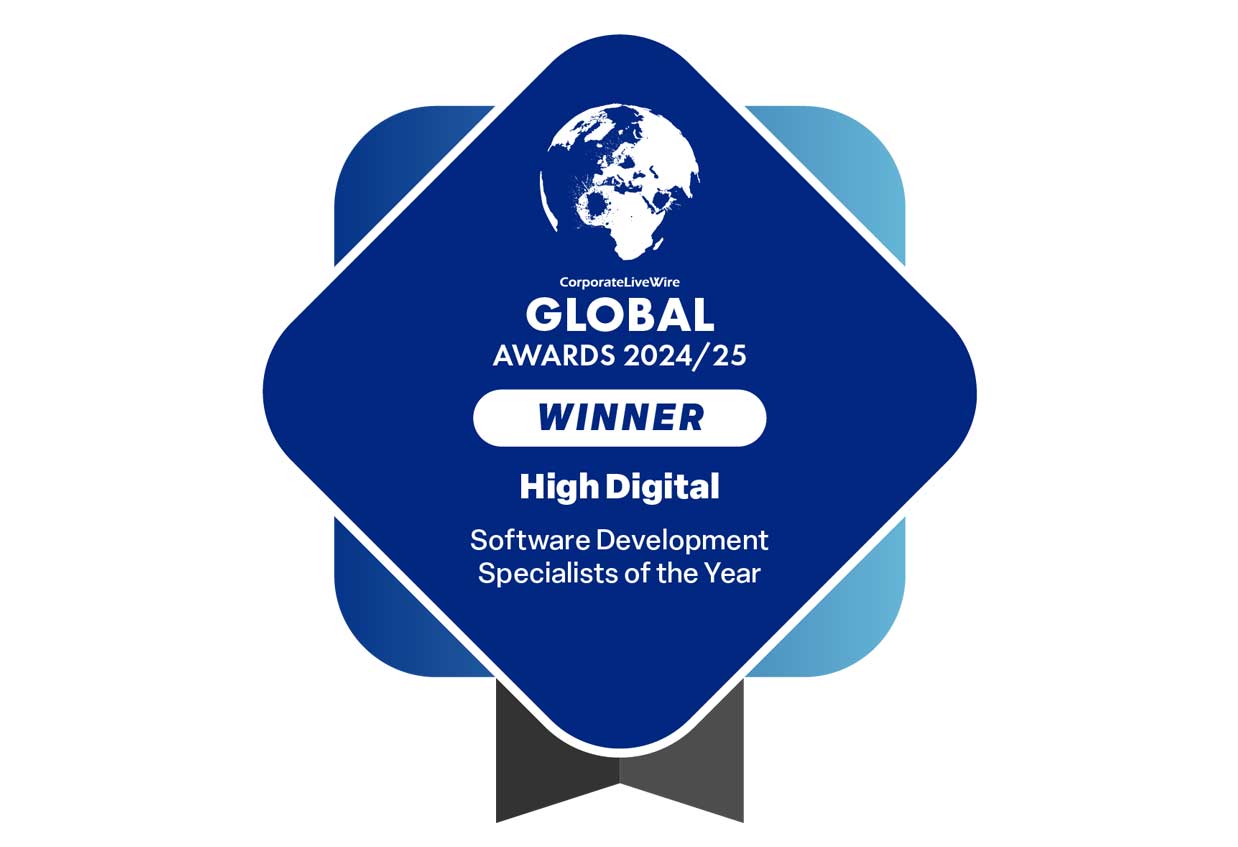Turning waste into hot water
Last week a public swimming pool in Devon hit the tech headlines after revealing it was being heated by the ‘energy waste’ of a small computer data processing centre. The project, run by start-up Deep Green, not only saves £20,000-a-year in energy costs, it also helps offset the huge environmental impact of data centres. Chief executive, Mark Bjornsgaard, says: “We built a small data centre in Exmouth leisure centre. Most normal data centres waste the heat that the computers generate. We capture ours and we give it for free to the swimming pool to heat the pool”.
With so many public pools facing closure because of soaring energy bills, this innovative technology has offered a lifeline. Twenty other council-funded leisure centres have now signed up to the scheme with many others expected to follow.
How it works
A washing-machine-sized data centre containing 12 computers in a box surrounded with oil (to capture the waste heat they produce), has been installed at the centre. The hot oil is then pumped into a heat exchanger to warm the water in the pool.
The darker side of data
Data centres and IT server rooms are a vital part to almost every business sector. They must run efficiently 24/7, which requires vast quantities of power which in turn creates heat, and then, subsequently, needs air-conditioning to cool everything down. All terrible news for the ever-suffering world we live in. International Data Corporation (IDC) statistics show that the energy consumption of data centres will be 14% of the total worldwide carbon emissions by 2040.
Reduce energy by reusing heat
In a building or room which ejects large amounts of heat, being able to use that energy elsewhere has enormous potential. So if we can heat a swimming pool, what about a city? That’s what the Fins are doing.
Nordic energy company, Fortum, have partnered with Microsoft in a deal to use waste heat from two new data centres to heat homes and businesses in Helsinki, making use of Fortum’s existing district underground piping heating infrastructure. A plan that is expected to supply energy to around 100,000 homes and businesses.
Markus Rauramo, President and CEO of Fortum, says:
“Sometimes the most sustainable solutions are simple ones: By tapping into waste heat from data centres, we can provide clean heat for homes, businesses and public buildings in Espoo’s and the neighbouring communities’ district heating network in Finland, and reduce about 400,000 tonnes of CO2 emissions annually.“



